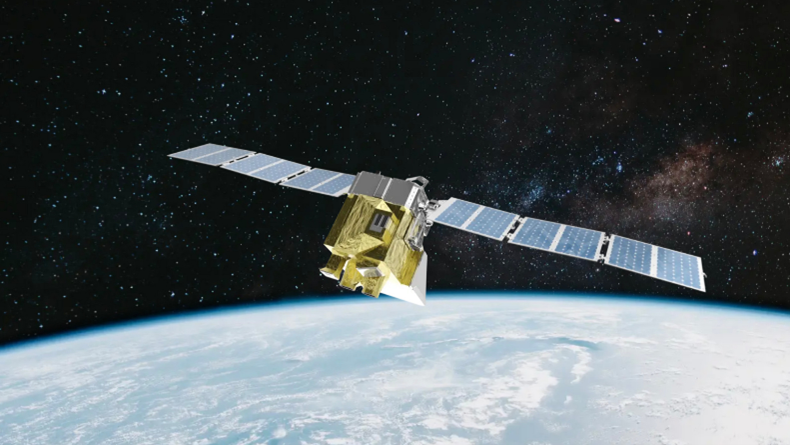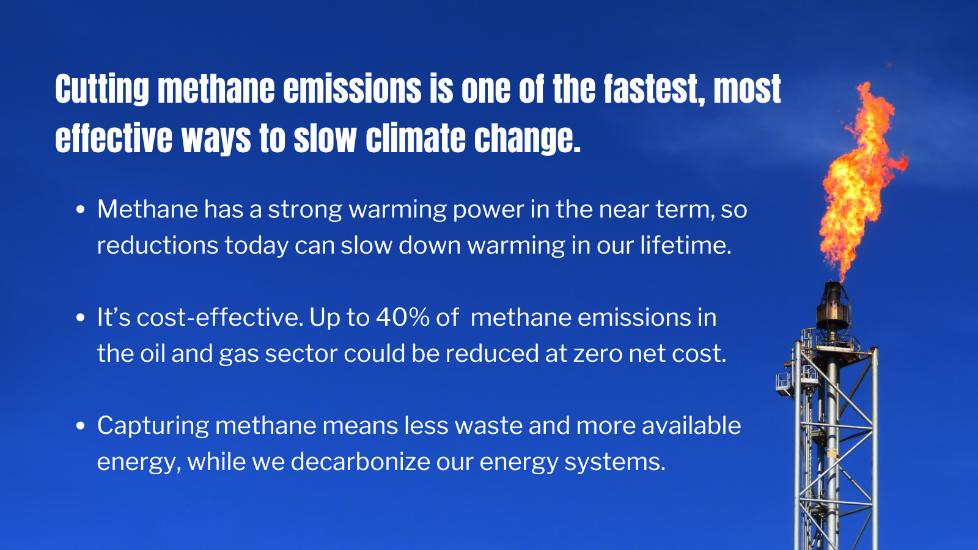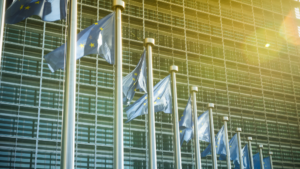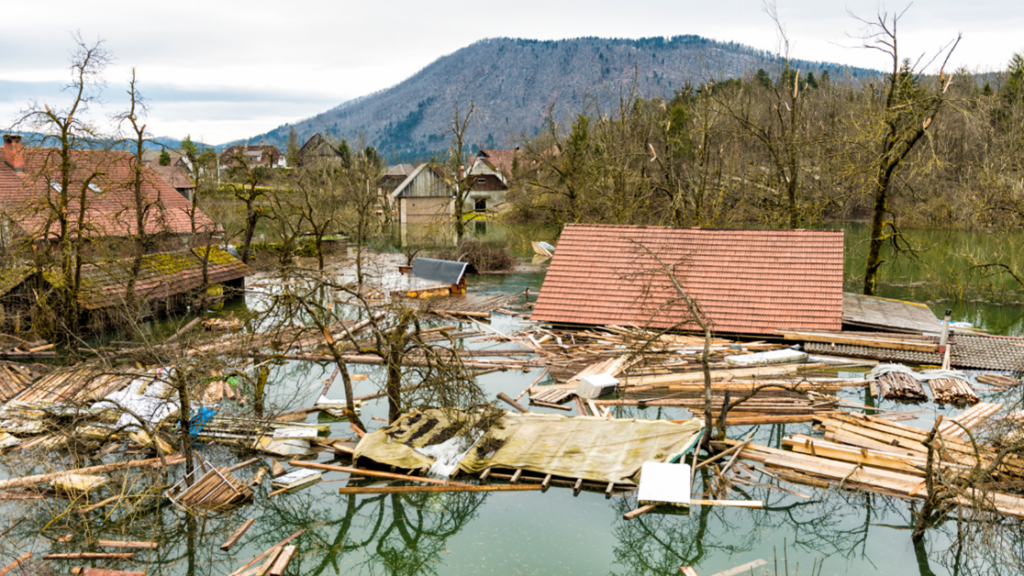By EDF Blogs
The European Union’s methane regulation, set to begin reporting requirements this May, is a landmark step in climate policy. By targeting methane — a potent greenhouse gas responsible for a third of global warming – these rules reinforce Europe’s climate commitments and set a global standard for methane emissions reductions.
Overcoming Industry Concerns
A key concern from the energy sector is whether compliance, particularly for liquefied natural gas imports, is feasible. Some industry groups argue that tracking methane emissions across global supply chains is too complex — an argument often used to resist climate policies, from flaring restrictions to air pollution limits.
Strong oil & gas methane rules Are essential — and achievable
Share on X
Cutting Methane is Achievable
The EU’s phased approach ensures industry preparedness, and many leading firms are already on track. The real choice isn’t between regulation and feasibility; it’s between modernizing to cut waste and inefficiency or allowing outdated practices to persist at the expense of consumers and the climate.
Nord Stream Leak: A Stark Reminder
Consider the Nord Stream pipeline sabotage in the Baltic Sea, which released 465,000 metric tons of methane in just a few days — equivalent to the annual greenhouse gas emissions of eight million cars.
And yet, this dramatic event is overshadowed by continuous emissions from oil and gas operations worldwide, which release the same amount every two days. The biggest challenge isn’t just these high-profile disasters — it’s the ongoing, preventable emissions that happen daily.
A Phased Path to Implementation
The EU methane regulation provides a phased approach to give companies time to adapt – without unnecessary delays. Initially, companies will focus on capacity-building and reporting reliable data. Many firms, particularly those in the Oil and Gas Methane Partnership (OGMP) 2.0 , are already committed to this process.
Starting in May, importers begin reporting on whether producers monitor and manage methane emissions. If data is unavailable, they can justify the gap.
The Methane Data Revolution
Stronger requirements will come into effect in 2027, including demonstrating compliance with EU-equivalent monitoring and reporting standards. In addition, independent data sources such as MethaneSAT and UNEP’s International Methane Emissions Observatory will provide rapid, robust and reliable scientific verification of emissions estimates.

A growing ecosystem of greenhouse gas-tracking satellites is collecting actionable emissions data, including EDF’s MethaneSAT.
A Competitive Advantage
Emissions regulation is not just an environmental obligation— it is a strategic pillar for a clean economy that will strengthen Europe’s economic position. As the world shifts toward decarbonization, backtracking on methane rules would undermine Europe’s climate leadership and competitiveness in the global race to the top for clean energy.
Transparency in methane emissions is a critical tool for maintaining this competitive edge, as Europe continues on its transition away from unabated fossil fuels. Independent satellite data and advanced monitoring technologies allow for verifiable emissions tracking, reinforcing accountability and progress in the energy sector.
We’ve seen this work before. Europe has successfully leveraged satellite technology and transparency to tackle environmental challenges, such as detecting plastic pollution in oceans (ESA Sentinel), improving urban air quality (EU Horizon) and tracking oil spills for better emergency response (Copernicus).
In each case, transparency didn’t just improve compliance — it fueled innovation. The EU’s methane regulation can achieve the same transformative results in energy markets.
Global ripple effects
The EU methane regulation extends beyond Europe and has the potential to shape global markets. Exporting countries that align their methane monitoring and reporting standards with EU standards can demonstrate equivalence, simplifying compliance and improving energy efficiency.
Momentum is growing worldwide, with major importers also strengthening methane policies. This creates an opportunity for harmonized global standards, reducing uncertainty for businesses while accelerating climate action. Aligning standards across markets benefits everyone, fostering international collaboration, strengthening accountability and reinforcing Europe’s leadership on climate action — all while accelerating the transition to clean energy.
Solutions are already here.
A common concern is that tracking the exact origin of natural gas imports is too complex. While tracking every molecule is impractical, practical alternatives exist. Certification systems and basin-level tracking, supported by satellite data, offer scalable solutions that meet the EU’s requirements.
Technology to monitor and reduce methane emissions is already available. The real challenge is ensuring widespread adoption. The EU’s methane regulation provides the necessary push to modernize practices and embrace these solutions.
Strong policies, paired with independent monitoring, will drive accountability and efficiency in the energy sector, benefiting businesses and consumers alike.
Path forward
The EU methane regulation is about more than compliance. It’s about pulling the emergency brakes on today’s emissions while accelerating the transition to clean energy.
Europe is the fastest warming continent. Every year, we break new temperature records and extreme weather is becoming the norm. Europe’s bold action sends a clear message: climate leadership and economic strength go hand in hand. Now is not the time to crack under pressure, but to step up for future generations.
The post Strong oil & gas methane rules are essential — and achievable appeared first on Energy Exchange.











